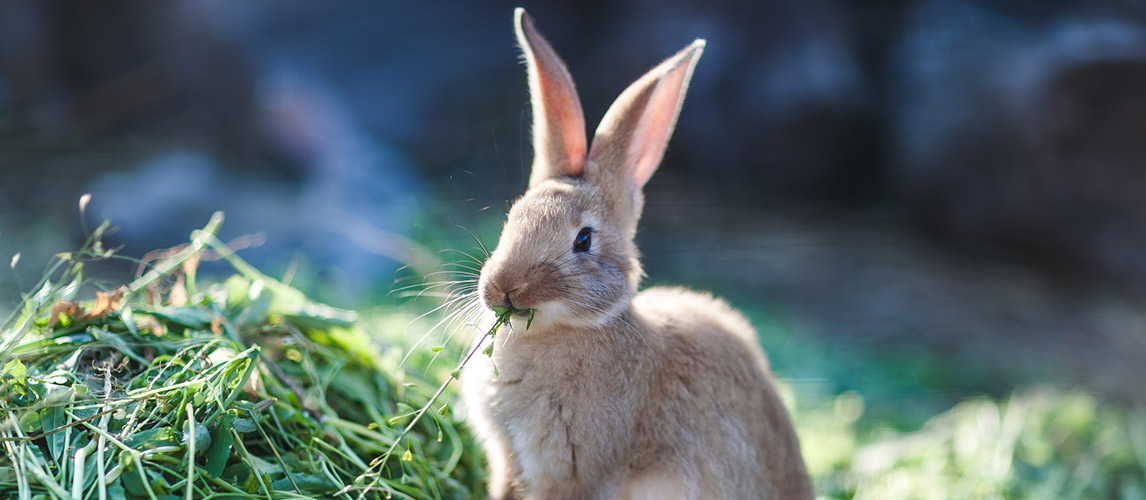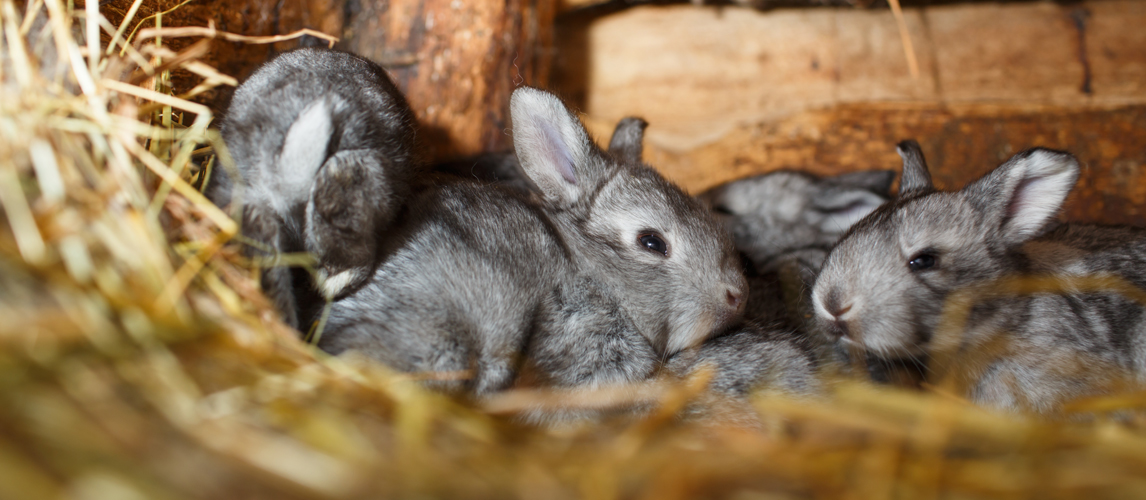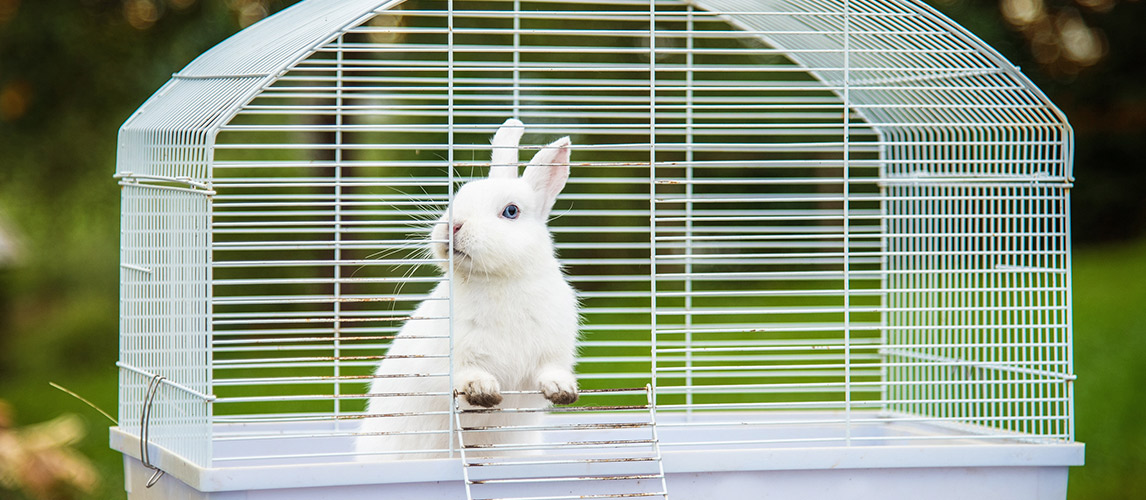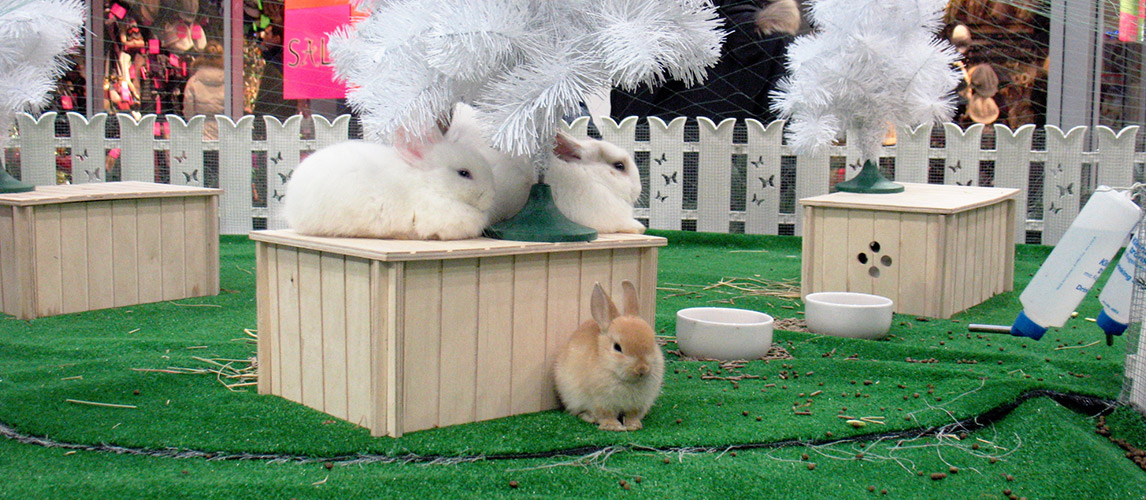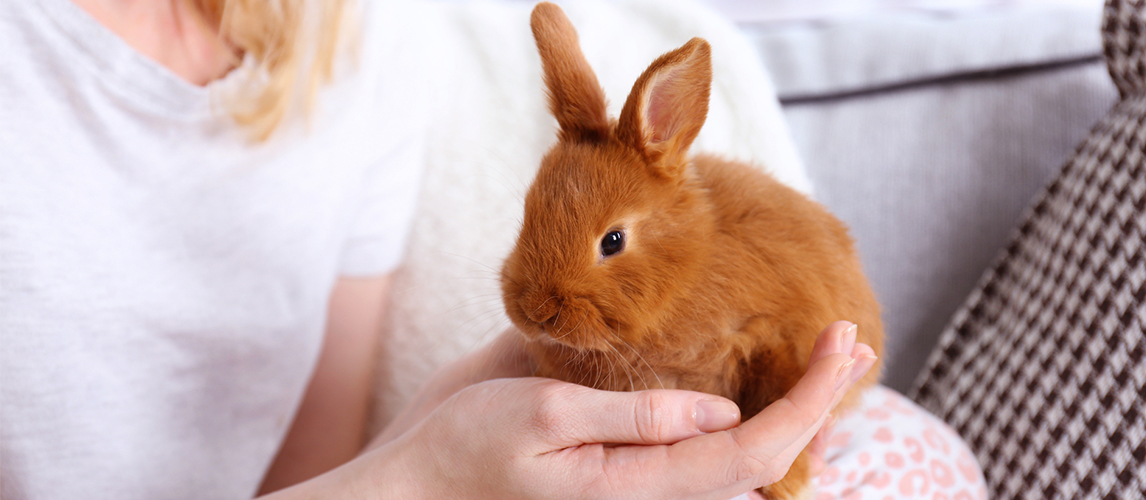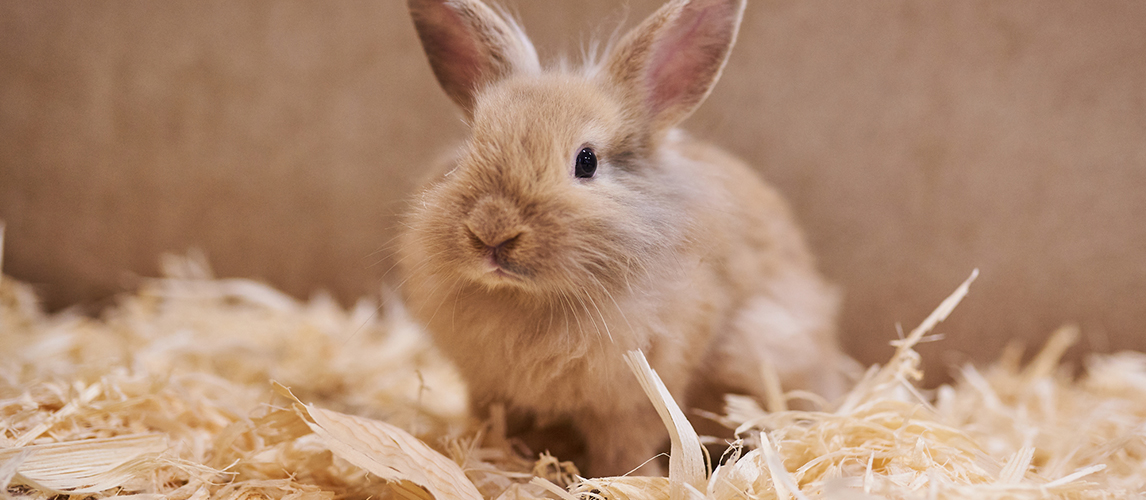Everyone loves to look and feel their best, and your pets are no different. Fluffy species and breeds often take a lot of work, and it is important that you stay on top of coat care. Rabbits are a notable fluffy species that need a fair amount of grooming, but, luckily, they are also quite small which can help you get to grips with an easy routine. To provide the best care for your rabbit, here is our guide for rabbit grooming. Hopefully, it will help you to create a great grooming schedule that meets all your rabbit’s needs.
Why Do You Need To Groom Your Rabbit?
Grooming any pet is important both aesthetically and for their health and safety. Given the proper care and attention, rabbits can live up to 8 or even 12 years, so you must give them their best chance. As clean pets, hygiene is important to your rabbit’s happiness, as well as essential for rabbit preventative health care. It is also a lot easier to notice potential health issues when your rabbit is clean. Bumps, cuts, unusual odors, and many other symptoms will be masked by poor grooming.
You should also consider how beneficial grooming is for you as a pet parent. For animals with claws, allowing them to grow to their largest and sharpest can be dangerous for you and your loved ones. A poorly groomed rabbit is also quite likely to smell, which will be very unpleasant. You need to make a grooming schedule and stick to it if you want to have a happy household.
Luckily, rabbits are naturally neat animals. They are likely to do a lot of their own grooming by licking themselves clean and staying away from mucky situations. Unlike your dogs, a rabbit isn’t likely to enjoy rolling in mud and jumping into ponds when they play. This ease of care is one of the reasons they are such popular pets for children, but that doesn’t mean you can completely shirk all responsibility for their care.
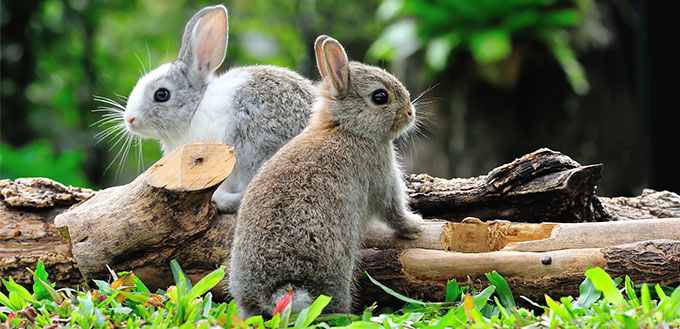
Handling Your Rabbit
The first thing you need to understand about grooming a rabbit is how to handle them, particularly if they are new additions to your family. You need to be gentle, but secure. They will resist you and try to escape, so make sure they cannot move around. Some rabbits have been known to struggle until they break their backs.
Holding a rabbit should require using the entirety of both your arms against your body. Support their weight with one arm while holding their body tightly to your chest with the other. Their head should be free. You must not use too much force or risk crushing them.
Some more tips for handling your rabbit include:
- Rabbits are very sociable, which means they will bond to you if you put in the time and effort. This is important as it will make grooming much easier when they trust you and put less effort into trying to escape from your arms.
- You should also use your grooming time as an opportunity to check the health of your rabbit. Look for any bumps and wounds, pay attention to the health of their fur, and generally look out for any unexplained physical changes. If you are unsure about anything, visit your local vet.
Related Post: Best Rabbit Harness
Cleaning Your Bunny
As we’ve already mentioned, your rabbit will usually groom itself. This means that you will not need to frequently clean them and must not bathe them too often. Generally, you must use their appearance as a guide. If they look dirty, you should give them a thorough clean and, possibly, a bath. You must do a thorough check, however. This includes:
- Their main body, head and tail
- Around their rear end, which is particularly important as feces often gets stuck to their fur
- Their scent glands, which may have discharge
- Any nooks and crannies around their ears, neck, legs, and face.
If your rabbit is not very dirty, perhaps they have a localized dirt issue and the rest of their body appears fine, you can clean them carefully without the need for a bath. This involves:
- Wiping the rabbit gently with a moist towel and without soap, focusing particularly on localized dirt.
- Using a fresh moist towel or rabbit-safe wet wipe to remove any debris or feces from their rear end.
- Cleaning their scent glands, which are above their bottom when held upright, using cotton buds and warm water. You do this by holding them carefully, which may require some help, and swabbing the glands until they are free of discharge. A vet may be required if you are unsure of what you are doing.
- Finally, you should wipe their fur one last time with a rabbit-friendly wet wipe.
It is unlikely that your rabbit requires a bath. Being submerged in water can cause rabbits to go into shock, so baths are generally reserved for very ill rabbits who are struggling to care for themselves. If you feel that your rabbit does require a bath, you should start by providing the routine outlined above.
After this, if a bath is still necessary, add some clean, warm water to a tub or sink, but do not fill it enough that the rabbit would be submerged. Use the warm water to gently wet your rabbit by pouring it over their body, then soap them up, gently scrub and rinse. Do not try to bathe their face and ears.
It is worth noting that a rabbit that is frequently getting dirty, particularly around their anus, may be suffering from obesity. Obesity can prevent them from being able to groom themselves as they naturally should. If you find yourself having to offer regular cleaning sessions or baths, consider asking your vet for help with rabbit weight loss.
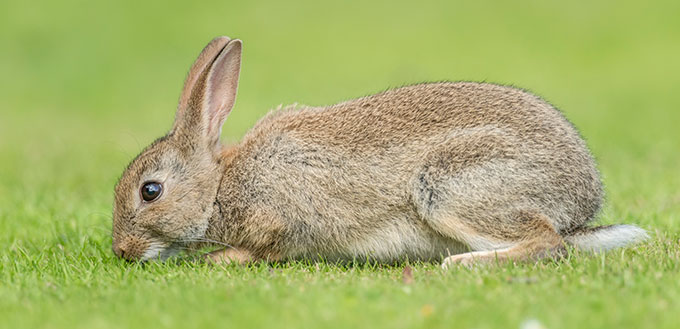
Brushing Your Rabbit
While rabbits should be handling their own cleaning routine, there are other grooming responsibilities that you must do. The most crucial of these is a regular brushing schedule because rabbits tend to ingest their fur when they groom themselves, but cannot throw it back up like cats can. This can cause health problems. The specifics of this schedule, however, may depend on which breed of rabbit you own:
- A general rule to follow is that all rabbits require brushing at least once a week.
- Frequency of brushing increases with the length of your rabbit’s fur.
- This means an Angora needs to be brushed every day, while a Netherlands Dwarf only needs to be brushed once a week.
- You could also consider cutting the fur of a long-haired breed to reduce the amount of brushing that you need to do.
You cannot simply use any brush to comb your rabbit, and if you want the best brush for rabbits, you need to take their fur length into consideration. Long-haired breeds will need wide-toothed combs to detangle fur, while short-haired breeds will need a pin brush. Both will then benefit from a soft-bristle brush to smooth over the fur and remove loosened hair.
While brushing, you must be gentle and follow the direction of their fur. Rabbits are quite fragile and you can easily hurt them if you are too forceful on their skin or on the knots. You should also make sure they are safe and secure on your lap, and must not lay them on their back as it can make them feel anxious and vulnerable.
You must also be aware that rabbits shed. This means that at certain times of the year, you will need to increase brushing to keep up with the amount of fur they are shedding. Generally, this occurs every three months, particularly in the fall and spring, and can last anything from a day to a few weeks. Other tips to help you manage shedding include:
- Stroking your rabbit with wet hands or a spritzer bottle to remove more excess fur after brushing.
- Adding a third brushing stage with a wire-slicker brush between your existing initial detangling stage and the soft-bristle brush. This will help with particularly difficult knots that can occur during periods of intense shedding.
Keeping Them Neat
Last, but not least, you also need to care for your rabbit’s nails and eyes, as well as, possibly, managing their hair length. Keeping their nails manageable is relatively simple, but requires care. Trim the nails approximately every 5 weeks using a special rabbit nail clipper. Only trim the white parts, if you get too near the pink you are going to damage blood vessels and cause them to bleed and be in pain.
Similarly, rabbit eye care is fairly straightforward. Essentially, you need to keep their eyes clear of any obstructions, particularly fur and hay, as it can cause irritation and even infection. Clear their eyes using a moist cotton ball as and when it appears necessary. If you are concerned something is already in your rabbit’s eye, take them to a vet.
Shedding usually naturally takes care of your rabbit’s hair length. However, if you have a long-haired breed and are struggling to keep on top of their grooming needs, you can consider trimming their fur. You must leave about an inch of hair on the rabbit to keep them warm and provide protection.
Source:
- Pippa Elliott, MRCVS, How to Groom a Rabbit, WikiHow


